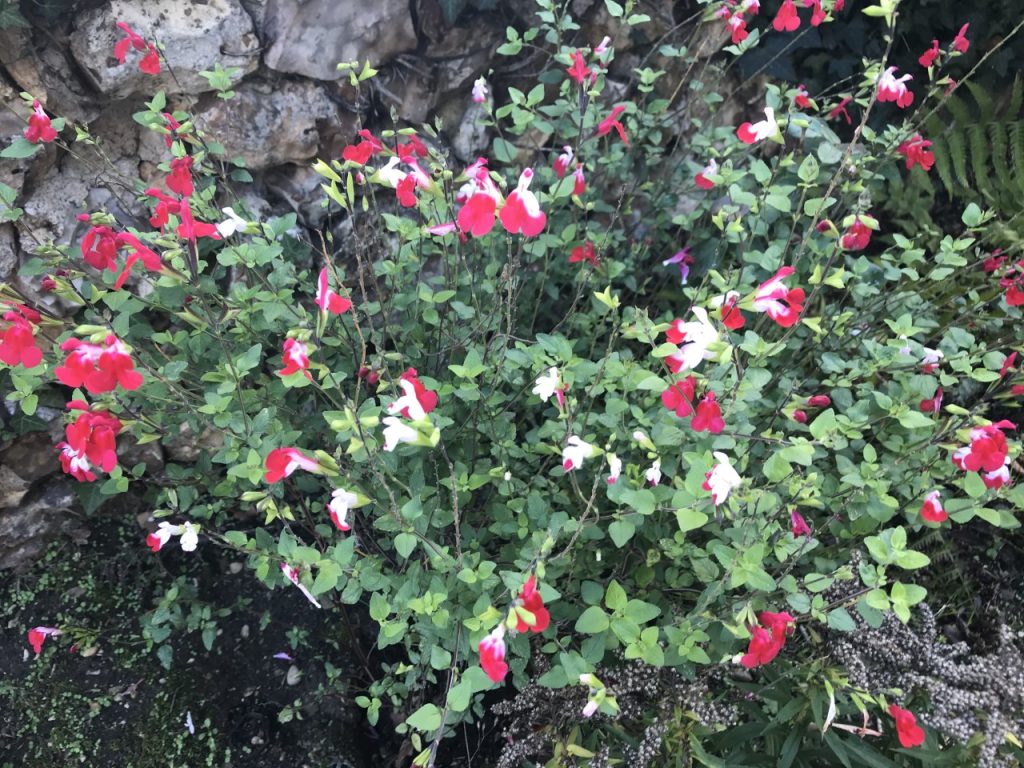
Salvia microphylla, commonly known as baby sage or mountain sage, is a delightful addition to any garden with its vibrant flowers and aromatic leaves. This hardy perennial is beloved by gardeners for its long blooming season and its ability to thrive with minimal care.
Identifying Salvia microphylla
Salvia microphylla is easily recognized by its abundant, colorful blooms and small, oval-shaped leaves that are slightly hairy and fragrant when crushed. The plant typically grows to about 2 to 3 feet in both height and spread, making it a perfect fit for borders or as a colorful ground cover.
From late spring to frost, it produces small but profuse tubular flowers ranging in color from deep reds to pinks and purples. These flowers are not only a visual treat but also attract a variety of pollinators, including hummingbirds, bees, and butterflies, adding life and movement to your garden.
Uses of Salvia microphylla
Salvia microphylla is primarily grown for its ornamental value. Its vibrant flowers and pleasant fragrance make it a favorite among gardeners looking to add color and texture to their landscapes. It can be used in flower beds, borders, and containers, and is particularly effective in mass plantings where its colors can truly pop.
Beyond its beauty, the leaves of Salvia microphylla are edible and can be used similarly to common sage in cooking. They offer a milder flavor than traditional sage and can be used fresh or dried in a variety of dishes, from meat rubs to infused oils and butters.
Cultural Significance
Salvia microphylla originates from the mountains of Arizona and Mexico, where it grows wild in the high elevations. Its resilience and adaptability have made it a staple in traditional and folk medicine among native cultures, where it has been used to treat a variety of ailments. Its presence in the garden can evoke a sense of the rugged, natural beauty of its native highlands.
Planting and Caring for Salvia microphylla
Salvia microphylla is incredibly low-maintenance, making it an excellent choice for both novice and experienced gardeners. It prefers full sun but can tolerate partial shade, especially in hotter climates. It thrives in well-draining soil and once established, is drought-tolerant, requiring only occasional watering.
Pruning back the spent blooms can encourage a second flowering in the same season, extending the color in your garden through the fall. In colder regions, mulching around the base can help protect the roots during winter.

Leave a Reply